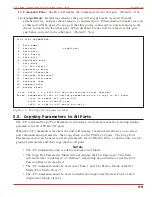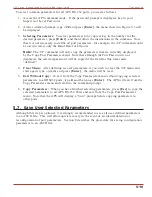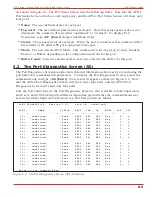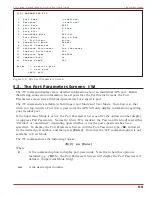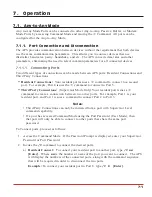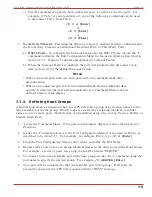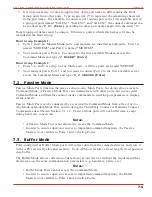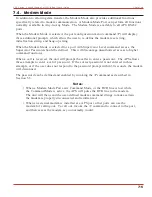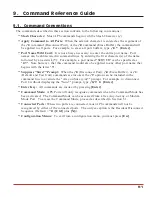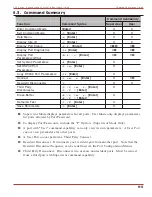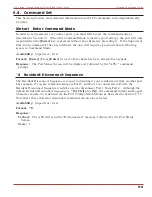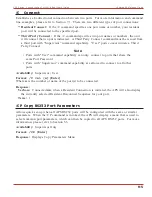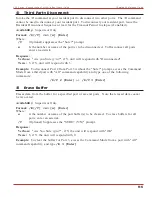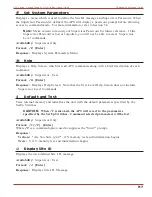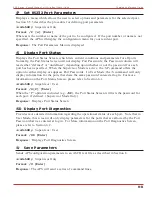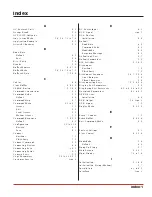
9.
Command Reference Guide
9.1. Command Conventions
The commands described in this section conform to the following conventions:
·
Slash Character:
Most APS commands begin with the Slash Character (
/
).
·
Apply Command to All Ports:
When the asterisk character is entered as the argument of
the
/D
command (Disconnect Port), or the
/E
command (Erase Buffer) the command will
be applied to all ports. For example, to erase all port buffers, type
/E *
[Enter]
.
·
Port Name Wild Card:
It is not always necessary to enter the entire port name. Port
names can be abbreviated in command lines by entering the first character(s) of the name
followed by an asterisk (
*
). For example, a port named "SERVER" can be specified as
"
S*
". Note however, that this command would also be applied to any other port name that
begins with the letter "S".
·
Suppress "Sure?" Prompt:
When the
/D
(Disconnect Port),
/E
(Erase Buffer), or
/I
(Default and Test Unit) commands are invoked, the
/Y
option can be included in the
command line to override the "Are you Sure (y/n)?" prompt. For example, to disconnect
Port 8 without displaying the "Sure?" prompt, type
/D/Y 8
[Enter]
.
·
Enter Key:
All commands are invoked by pressing
[Enter]
.
·
Command Mode:
APS Ports will only recognize commands when the Command Mode has
been activated. The Command Mode can be accessed from a free Any-to-Any or Modem
Mode Port. To access the Command Mode, proceed as described in Section 5.1.
·
Connected Ports:
When two ports are connected, most APS commands will not be
recognized by either of the connected ports. The only exception is the Resident Disconnect
Sequence (Default =
^X
(
[Ctrl]
plus
[X]
)).
·
Configuration Menus:
To exit from a configuration menu, you must press
[Esc]
.
9-1

